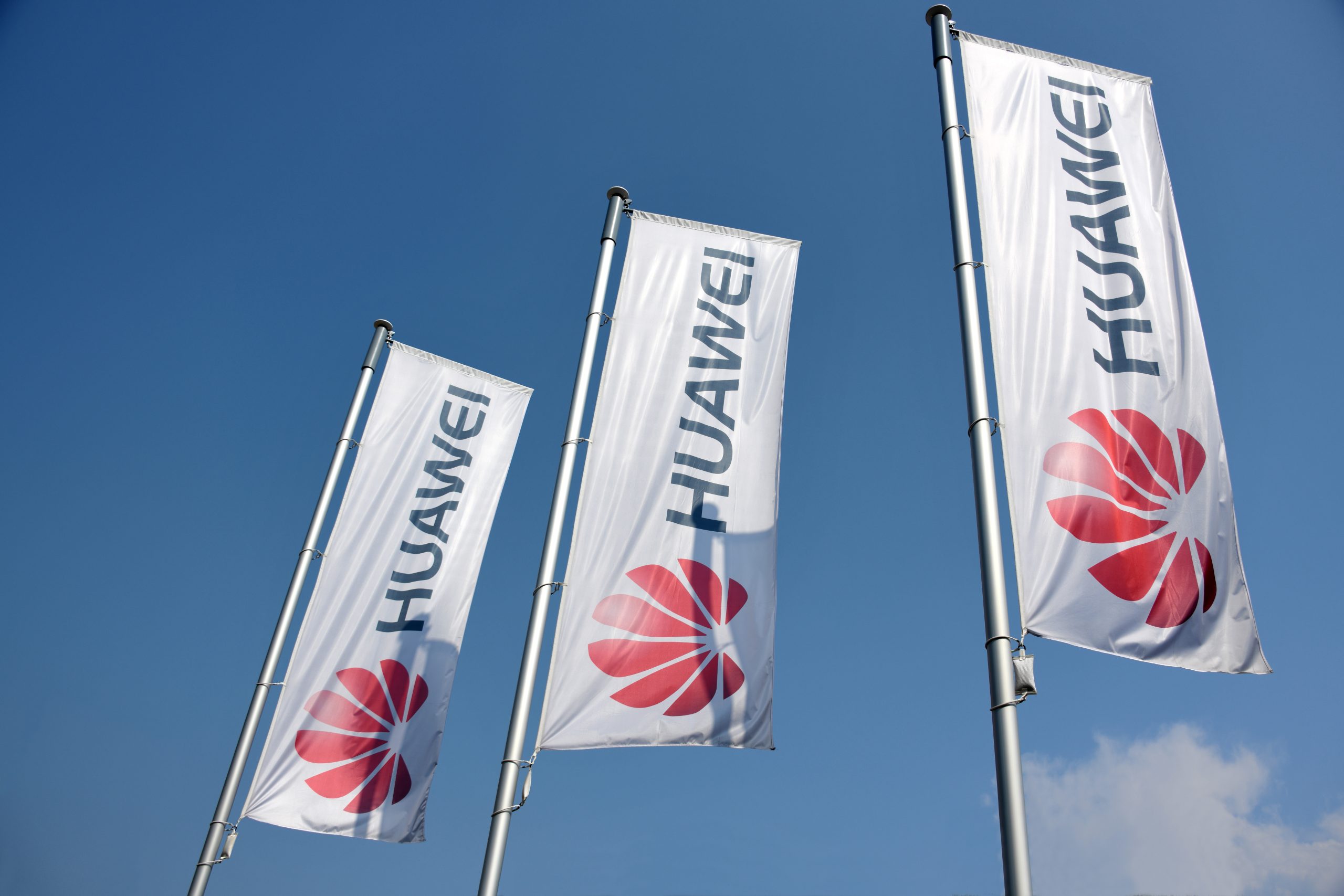As part of MWC Shanghai 2025’s keynote session on Wednesday entitled The Techco Transformation: Pioneering the Next Era of Innovation, Huawei’s rotating chairman Xu Zhijun delivered a speech addressing the critical growth challenges facing the global telecom industry.
Xu acknowledged that the telecommunications sector has entered a period of maturity and stability, making it increasingly difficult to maintain rapid growth. “For those of us who’ve grown up in a high-growth era, it’s uncomfortable to witness stagnation. But now we must find new pathways for growth,” he said.
Xu outlined four major directions that he believes can reignite growth in the telecom sector:
Identifying emerging demand from new user segments
Xu emphasized the importance of observing fast-changing user behavior and catering to new customer segments. He identified gig economy workers, including food delivery drivers, couriers, and ride-hailing drivers, as a rapidly growing demographic with expanding telecommunications demands.
Globally, their numbers are expected to reach 160 million by 2030, accounting for 5% of the world’s workforce, according to Xu’s presentation. “In China, their average revenue per user [ARPU] is 1.6 times that of regular telecom users,” he said. “Another example is livestreamers, projected to reach 130 million globally by 2030, whose ARPU is up to four times higher. These emerging segments require tailored network products and services from telecom operators.”
Stimulating HD video consumption through ecosystem collaboration
Despite video accounting for over 50% of mobile data traffic, high-definition video consumption, particularly 1080p or higher, remains low, with only 22% of users in major Chinese cities consuming such content, according to Xu.
Xu pointed out multiple bottlenecks across the value chain, including limitations in content supply, network capabilities, and terminal devices. He called for a systemic approach involving telecom operators, OTT (Over-the-Top) content providers, equipment vendors, and device manufacturers to make high-quality video the default. This, Xu argued, would not only improve user experience but also create significant data traffic growth opportunities.
Enabling 5G connectivity for every vehicle
Xu urged industry players to work together to promote large-scale deployment of 5G in connected vehicles. While automotive companies remain cautious due to cost concerns, Xu mentioned the long-term value of integrating 5G into both vehicle cockpits and central systems.
He advocated for a hybrid business model that allows consumers to independently choose and pay for their connectivity services, aligning in-car networks with the broader smartphone ecosystem. He also clarified that while 5G is essential for V2X (vehicle-to-everything) communications, autonomous driving must rely primarily on onboard perception and decision-making, not real-time network connectivity.
Using FTTR to digitize small businesses
Xu also highlighted FTTR (fiber-to-the-room) as a key tool for extending high-speed broadband to individual rooms or business locations, particularly for small businesses. Globally, over 500 million small enterprises require reliable, low-latency, full-coverage connectivity, he claimed, adding that traditional solutions often involve fragmented self-assembly. FTTR enables telecom operators to offer an integrated solution that meets the demands of modern digital commerce and services, from retail to co-working spaces, Xu sai.
He concluded by stressing that although market conditions vary by country, the need to adapt and evolve is universal. “As a company that has grown alongside telecom operators, Huawei is committed to working hand-in-hand with global partners to drive sustainable growth across the industry,” he said.











